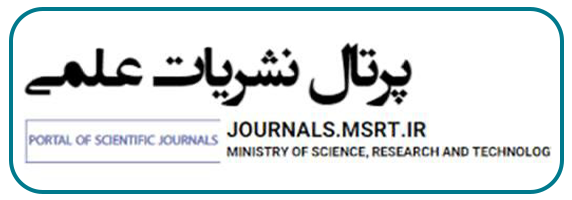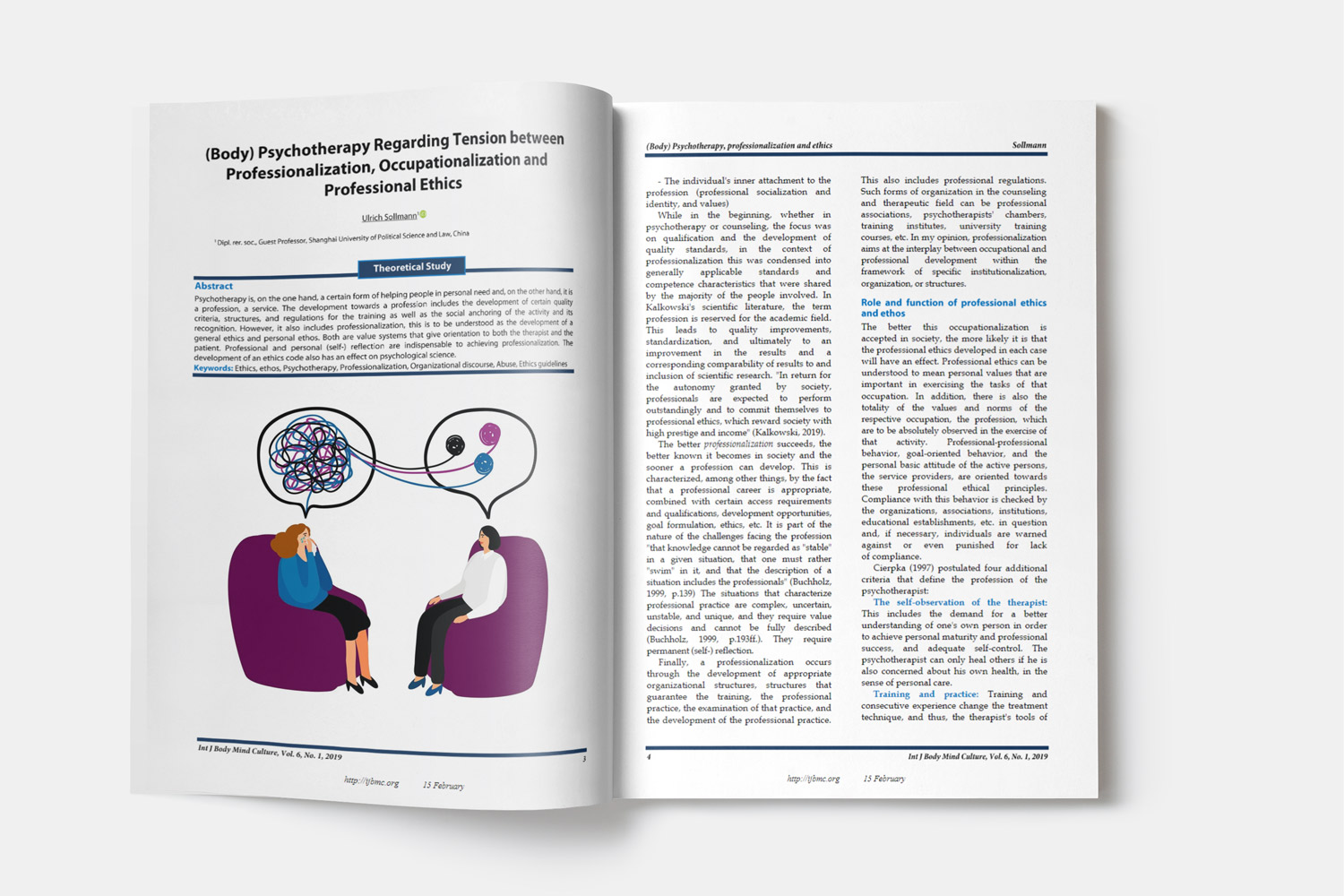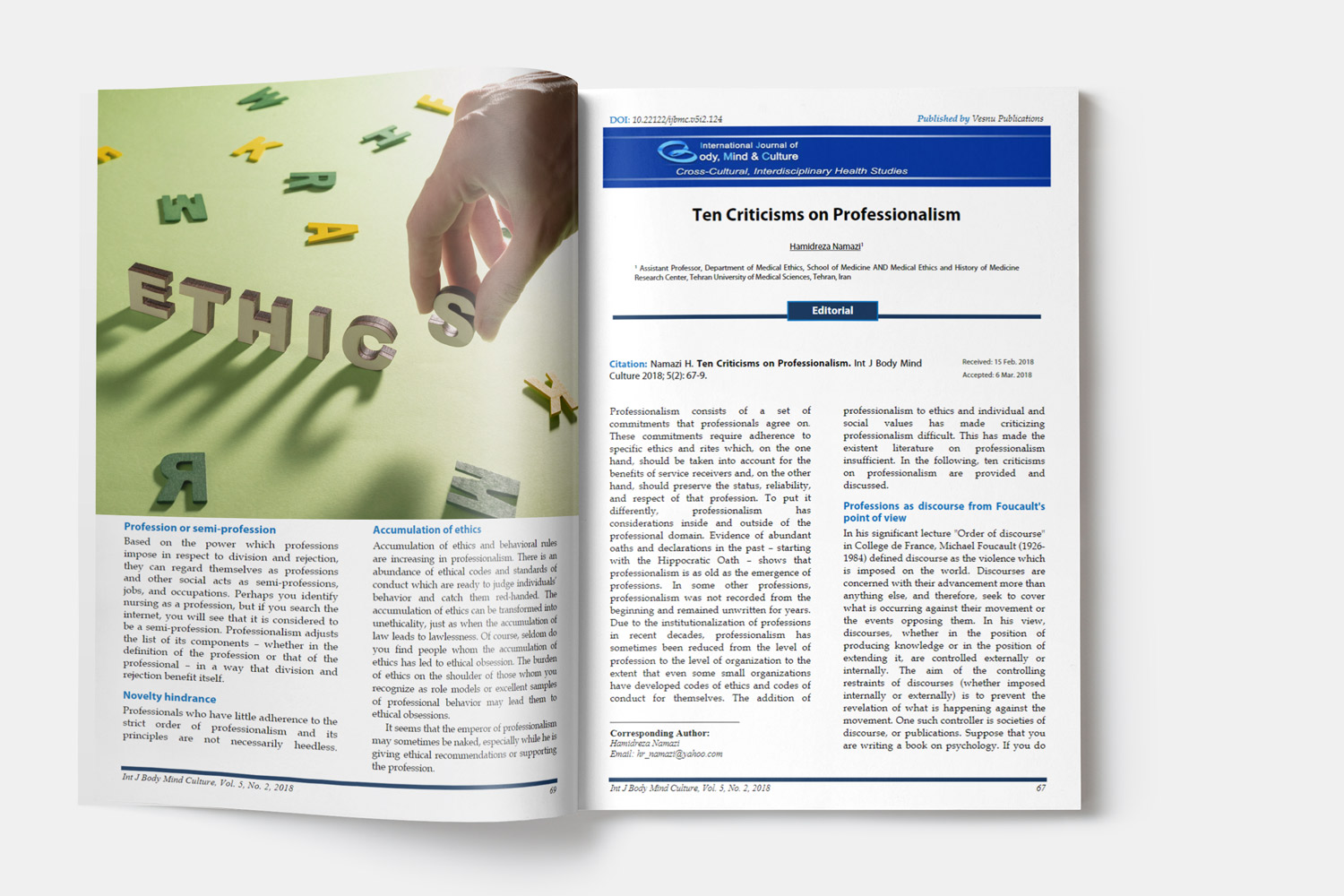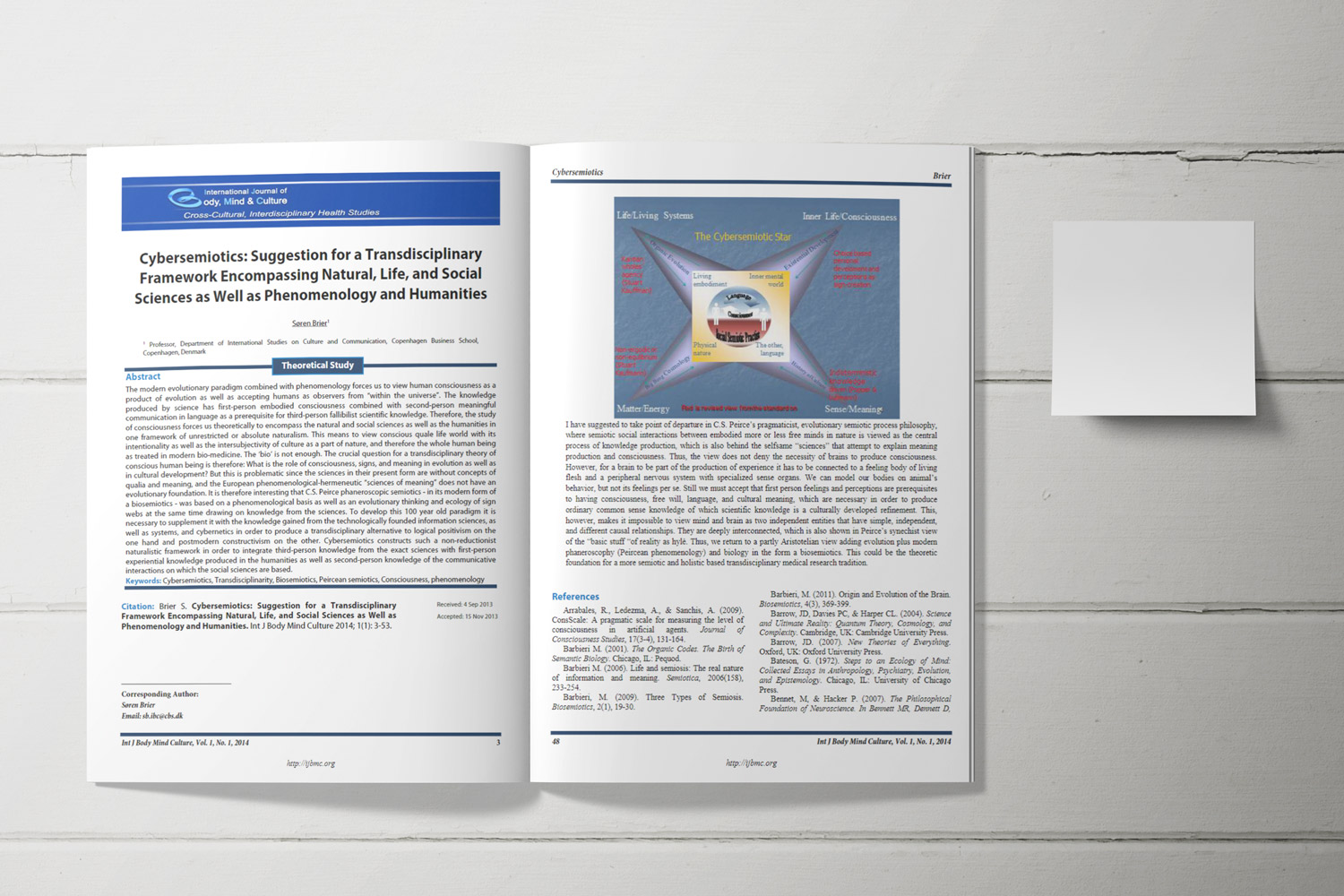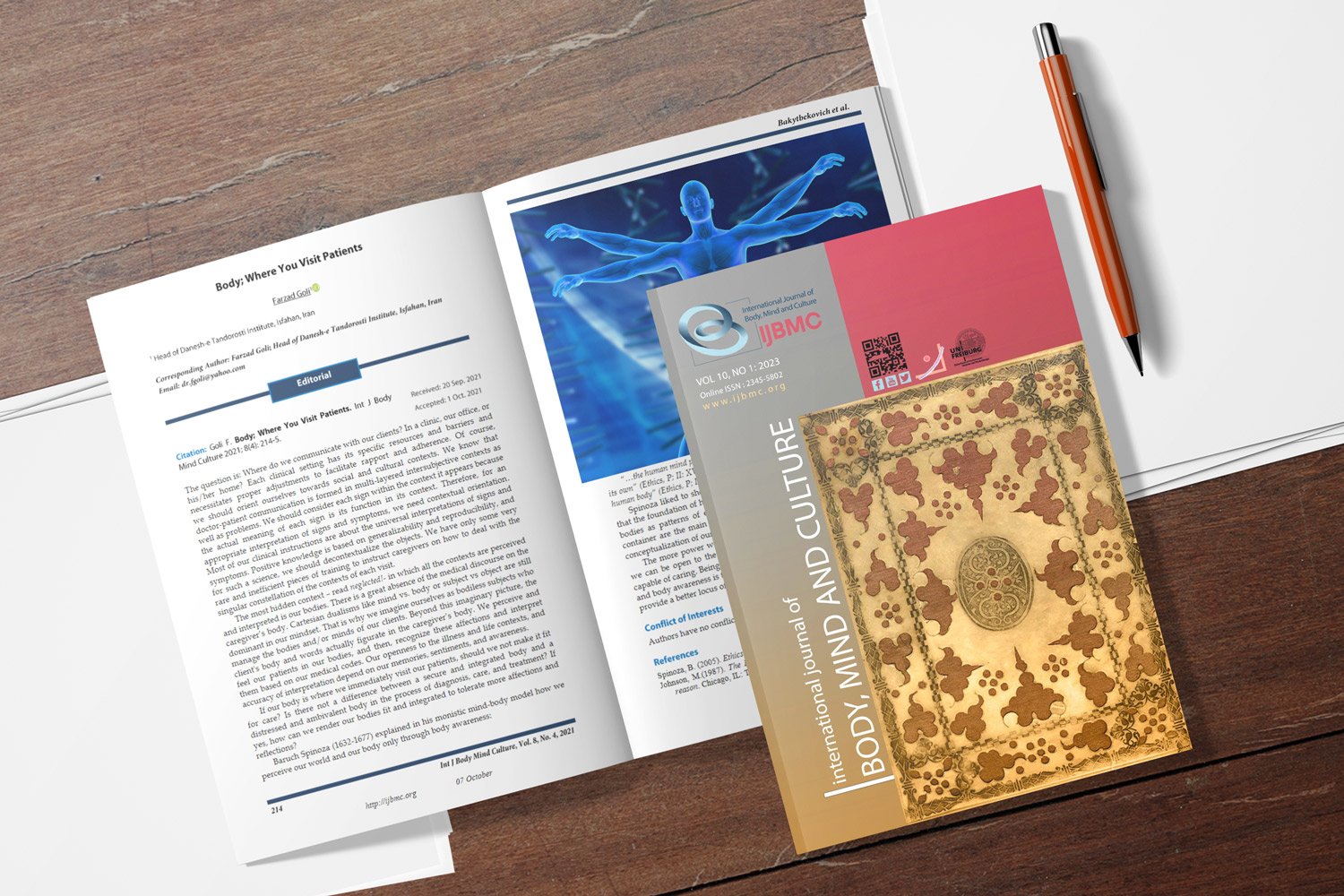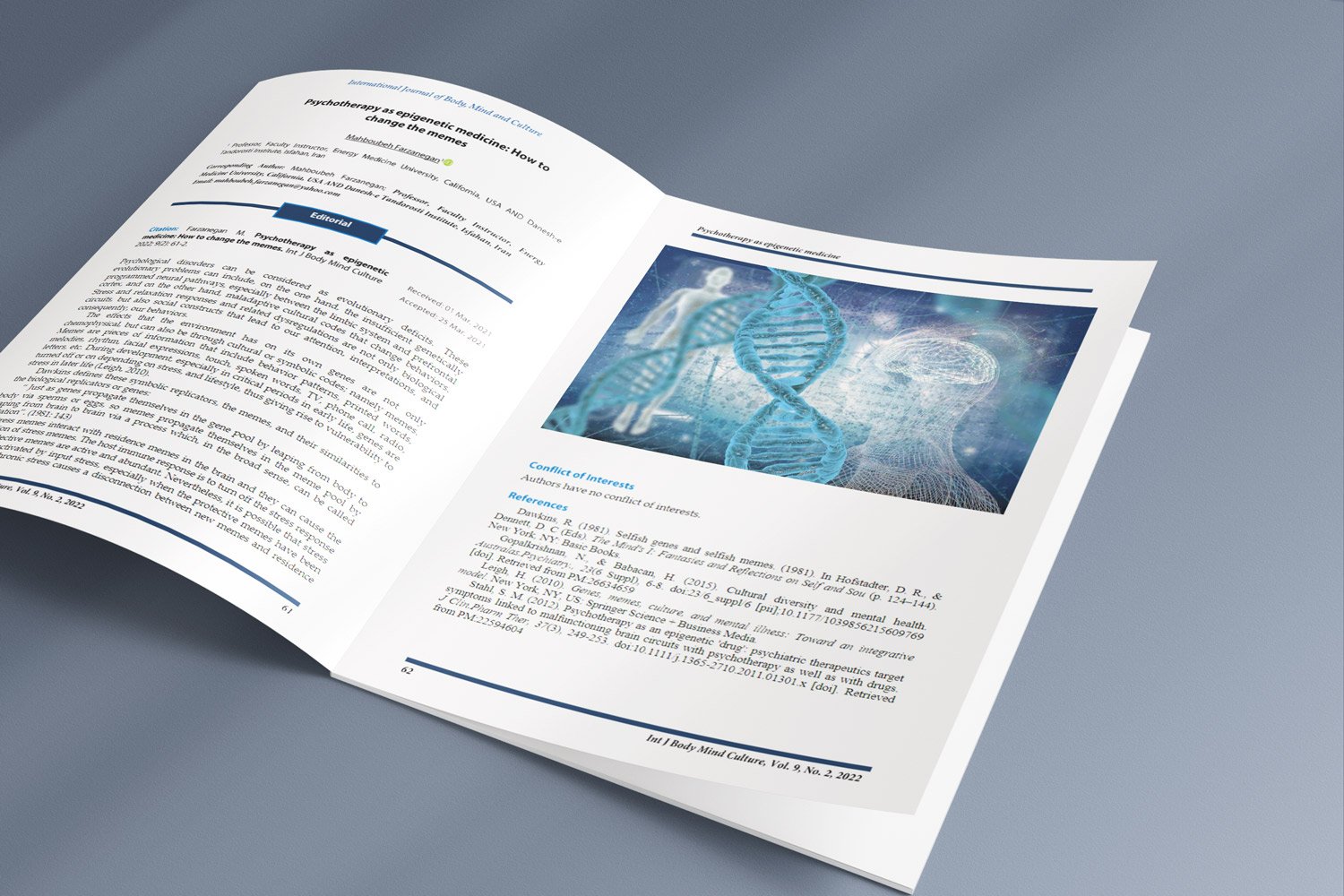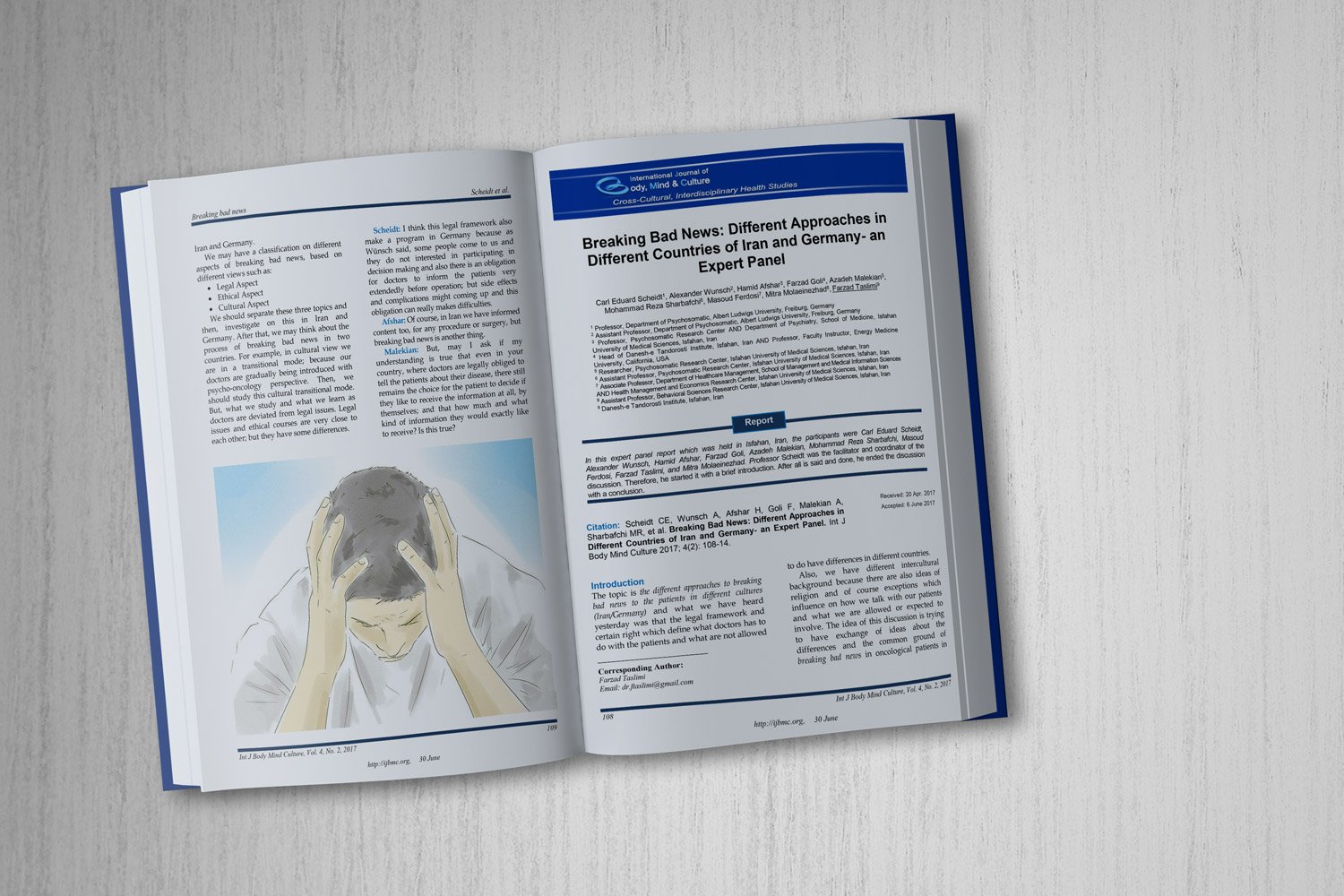The Impact of Servant and Women's Leadership on Organizational Performance in Indonesia’s High Prosecutor's Office
Downloads
Objective: This study examines the influence of servant leadership and women's leadership on organizational performance within the High Prosecutor's Office, emphasizing their relevance in driving innovation and inclusiveness in the public sector.
Methods and Materials: Using a cross-sectional quantitative design, data were collected through structured questionnaires from 100 prosecutors under female Chief Prosecutors (Kajati) and analyzed with SmartPLS to test the structural model.
Findings: The results demonstrate that servant leadership significantly influences organizational performance (t-statistic = 4.579; p < 0.001; coefficient = 0.374), while women's leadership also contributes significantly (t-statistic = 3.569; p < 0.001; coefficient = 0.3578). Additionally, the interaction of both leadership styles showed a positive relationship with performance (coefficient = 0.225).
Conclusion: These findings underscore the strategic importance of implementing servant and women’s leadership to enhance organizational outcomes in the prosecutorial system. Practical implications suggest the Attorney General’s Office should invest in leadership development programs that emphasize service orientation, team empowerment, and inclusive practices to support sustainable performance improvement.
Downloads
Abbas, A., Ekowati, D., Suhariadi, F., & Fenitra, R. (2023). Health implications, leaders societies, and climate change: a global review. Ecological Footprints of Climate Change: Adaptive Approaches and Sustainability, 1(1), 653-675. https://doi.org/10.1007/978-3-031-15501-7_26
Akhilele, S. (2023). Servant followership and servant leadership. In. https://doi.org/10.1007/978-3-031-37085-4_2
Amiati, A., & Yendra, R. M. (2020). Poverty data analysis in Riau province using geographically weighted regression model with exponential and tricube adaptive kernels. International Journal of Advanced Research and Publication, 4(1), 47-50. https://www.academia.edu/download/81379518/Poverty-Data-Analysis-In-Riau-Province-Using-Geographically-Weighted-Regression-Model-With-Exponential-And-Tricube-Adaptive-Kernels-.pdf
Appelbaum, S. H., Audet, L., & Miller, J. C. (2003). Gender and leadership? Leadership and gender? A journey through the landscape of theories. Leadership & Organization Development Journal, 24(1), 43-51. https://doi.org/10.1108/01437730310457320
Barbuto, J. E., & Wheeler, D. W. (2006). Scale development and construct clarification of servant leadership. Group & Organization Management, 31(3), 300-326. https://doi.org/10.1177/1059601106287091
Daft, R. L. (2016). Organization theory and design. Cengage Learning. https://www.researchgate.net/profile/Richard-Daft/publication/31695904_Essential_Organization_Theory_and_Design/links/56b8e7de08ae7e3a0f9f14b8/Essential-Organization-Theory-and-Design.pdf
Eagly, A. H., & Carli, L. L. (2003). The female leadership advantage: An evaluation of the evidence. Leadership Quarterly, 14(6), 807-834. https://doi.org/10.1016/j.leaqua.2003.09.004
Eagly, A. H., & Carli, L. L. (2007). Through the labyrinth: The truth about how women become leaders. Harvard Business School Press. https://www.emerald.com/insight/content/doi/10.1108/gm.2009.05324aae.001/full/html
Eagly, A. H., & Johannesen-Schmidt, M. C. (2001). The leadership styles of women and men. Journal of Social Issues, 57(4), 781-797. https://doi.org/10.1111/0022-4537.00241
Eva, N., Robin, M., Sendjaya, S., Van Dierendonck, D., & Liden, R. C. (2019). Servant leadership: A systematic review and call for future research. The Leadership Quarterly, 30(1), 111-132. https://doi.org/10.1016/j.leaqua.2018.07.004
Fadli, A., Adriansyah, M., & Rahmah, D. (2022). Kepuasan Kerja Dengan Intensi Turnover Pada Karyawan. Psikoborneo Jurnal Imiah Psikologi, 10(1), 23-31. https://doi.org/10.30872/psikoborneo.v10i1.6996
Farrington, S., & Lillah, R. (2022). Servant leadership and job satisfaction within private healthcare practices. Leadership in Health Services, 32(1), 148-168. https://doi.org/10.1108/LHS-09-2017-0056
Farrington, S. M., & Lillah, R. (2019). Servant leadership and job satisfaction within private healthcare practices. Leadership in Health Services, 32(1), 148-168. https://doi.org/10.1108/LHS-09-2017-0056
Gah, D., & Syam, A. (2022). The Effect of Compensation and Competence on the Performance of Employees of the South Sulawesi High Prosecutor's Office. Journal of Economic and Business Review, 3(1), 60-71. https://journal.al-matani.com/index.php/invest/article/download/433/275/2605
Ghozali, I. (2022). Structural equation modeling: An alternative method with partial least square (pls). Journal of Economic and Business Review, 3(1), 60-71. https://onlinelibrary.wiley.com/doi/abs/10.1111/j.1745-3992.2007.00099.x
Ghozali, I., & Latan, H. (2015). Partial least squares konsep, teknik dan aplikasi menggunakan program smartpls 3.0 untuk penelitian empiris (Vol. 4). Badan Penerbit UNDIP. http://library.matanauniversity.ac.id/matanalib/index.php?p=show_detail&id=9173&keywords=
Greenleaf, R. (1977). Servant leadership: A journey into the nature of legitimate power and greatness. https://books.google.com/books?hl=fa&lr=&id=BQIsBQAAQBAJ&oi=fnd&pg=PT31&dq=Servant+leadership:+A+journey+into+the+nature+of+legitimate+power+and+greatness&ots=jNzAoqgd7V&sig=Uhe36C8641c6PIyd724r9DxCnwY
Greenleaf, R. (2019). The Servant as Leader. Leadership, 1(1), 407-415. https://doi.org/10.2307/j.ctvpg85tk.36
Harini, S. (2019). The Role of Women'S Transformative Political Leadership in Deconstructing Patriarchy During Covid-19 Pandemic. Journal of Gender and Social Inclusion in Muslim Societies, 1(1), 1-12. https://scholar.archive.org/work/dk6y3agrlnfk5iolpx7hgmsgve/access/wayback/http://jurnal.uinsu.ac.id/index.php/psga/article/download/10954/5048
Harter, J., Schmidt, F., & Hayes, T. (2002). Business-unit-level relationship between employee satisfaction, employee engagement, and business outcomes: A meta-analysis. Journal of Applied Psychology, 87(2), 268-279. https://doi.org/10.1037/0021-9010.87.2.268
Hartono, R. (2021). Women's Leadership in the Era of Globalization. Journal of Pancasila and Citizenship, 1(1), 82-99. https://icu.repo.nii.ac.jp/record/1417/files/KJ00004934524.pdf
Hurley, R., & Hult, G. (1998). Innovation, Market Orientation, and Organizational Learning: An Integration and Empirical Examination. Journal of Marketing, 62(3), 42-54. https://doi.org/10.1177/002224299806200303
Irpan, I., Adriansyah, M., & Sanjaya, A. (2022). Pengaruh Gaya Kepemimpinan Situasional dan Keadilan Interaksional Terhadap Kinerja Karyawan. Psikoborneo: Jurnal Ilmiah Psikologi, 10(1), 180-188. https://doi.org/10.30872/psikoborneo.v10i1.7227
Jafar, W., Asmara, M., Faizin, M., Octavianne, H., & Kisworo, B. (2024). Philosophical Foundations and Human Rights in the Bajapuik Tradition: Bridging Local Wisdom and Islamic Law in Minangkabau Marriage Practices. De Jure: Jurnal Hukum Dan Syar'iah, 16(1), 212-233. https://doi.org/10.18860/j-fsh.v16i1.27681
Kaplan, R., & Norton, D. (1996). The balanced scorecard: translating strategy into action. https://search.proquest.com/openview/5a18996f1729e475695ffc5f325d6cf6/1?pq-origsite=gscholar&cbl=46088
Liden, R., Wayne, S., Zhao, H., & Henderson, D. (2008). Servant leadership: Development of a multidimensional measure and multi-level assessment. Leadership Quarterly, 1(1), 161-177. https://doi.org/10.1016/j.leaqua.2008.01.006
McColl-Kennedy, J., & Anderson, R. (2005). Subordinate-manager gender combination and perceived leadership style influence on emotions, self-esteem and organizational commitment. Journal of Business Research, 58(2), 115-125. https://doi.org/10.1016/S0148-2963(03)00112-7
Pettigrew, A. (1992). The Character and Significance of Strategy Process Research Author (s): Andrew M. Fundamental Themes in Strategy Process Research, 5(1), 5-16. https://doi.org/10.1002/smj.4250130903
Phipps, K. (2010). Servant Leadership and Constructive Development Theory. Journal of Leadership Education, 9(2), 151-170. https://doi.org/10.12806/V9/I2/TF1
Prastio, L., Abdillah, A., Nurlia, E., & Tati, T. (2021). Women's Leadership in Local Government: A Study of Women's Leadership in the Mayor of South Tangerang. Journal of Governance and Local Politics (JGLP), 3(2), 103-114. https://doi.org/10.47650/jglp.v3i2.261
Richard, O., Barnett, T., Dwyer, S., & Chadwick, K. (2004). Cultural diversity in management, firm performance, and the moderating role of entrepreneurial orientation dimensions. Academy of Management journal, 35(3), 718-804. https://doi.org/10.2307/20159576
Richard, P., Devinney, T., Yip, G., & Johnson, G. (2009). Measuring organizational performance: Towards methodological best practice. Journal of Management, 7(2), 35-53. https://doi.org/10.1177/0149206308330560
Setiawan, W. (2019). The Influence of Servant Leadership on Organizational Citizenship Behaviour, through Job Satisfaction as Mediation at PT. Cobra Dental Group. Agora, 7(2), 1-6. https://gsarpublishers.com/wp-content/uploads/2024/10/GSARJEBM1932024-FT-Gelary-script-1_Revision.pdf
Slack, N., Singh, G., Narayan, J., & Sharma, S. (2020). Servant Leadership in the Public Sector: Employee Perspective. Servant Leadership in the Public Sector: Employee Perspective, 20(4), 631-646. https://doi.org/10.1007/s11115-019-00459-z
Sofia, L., Rasyid, M., Faradillah, A., Soleha, T. F., Luthfiyana, D. S., Rahayu, D., Suhesty, A., & Sandjaja, M. (2024). The Dynamics of Resilience in Muslim Adolescents from Broken Home Families: A Theological Analysis. 105(2), 1-13. https://doi.org/10.46222/pharosjot.105.221
Trinidad, C., & Normore, A. (2006). Servant Leadership in the Public Sector: Employee Perspective. Leadership and Organization Development Journal, 26(7), 574-590. https://doi.org/10.1108/01437730510624601
Tua, A., Tewal, B., & Karuntu, M. (2014). Leadership and Organization Development Journal. EMBA Journal: Journal of Economics, Management, Business and Accounting Research, 2(1), 1-13. https://pubsonline.informs.org/doi/abs/10.1287/orsc.2.2.149
Turner, J. I. (2015). Accountability of International Prosecutors. In. https://doi.org/10.1093/law/9780198705161.003.0017
van Dierendonck, I. (2011). The Servant Leadership Survey: Development and Validation of a Multidimensional Measure. Journal of Business and Psychology, 26(3), 249-267. https://doi.org/10.1007/s10869-010-9194-1
Copyright (c) 2025 International Journal of Body, Mind and Culture

This work is licensed under a Creative Commons Attribution-NonCommercial 4.0 International License.






